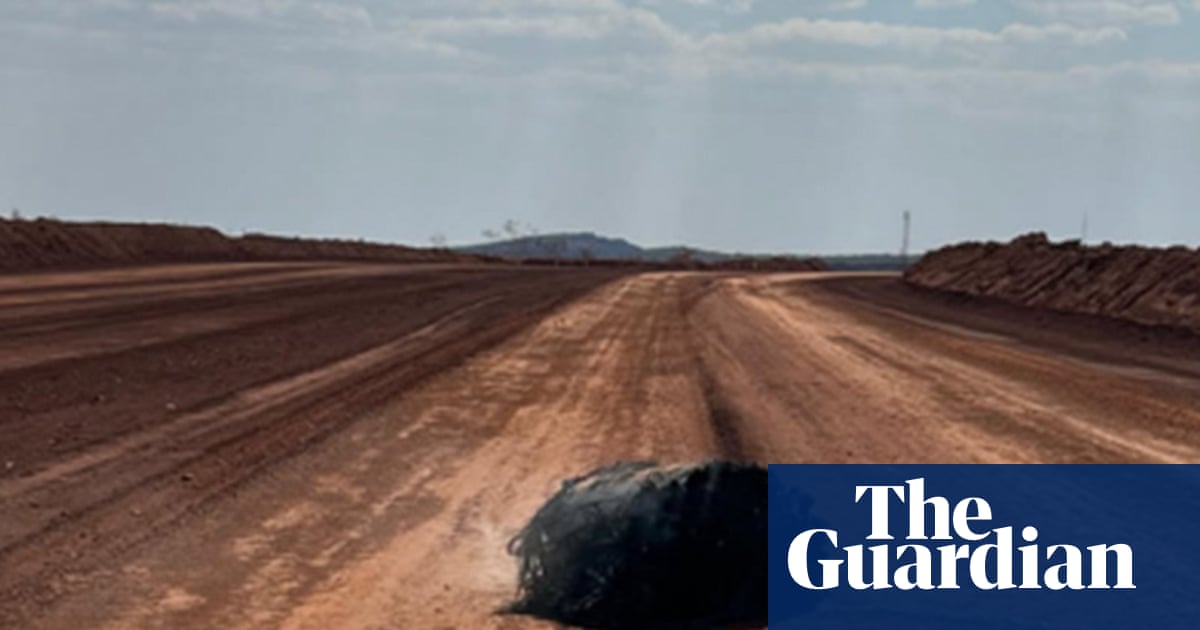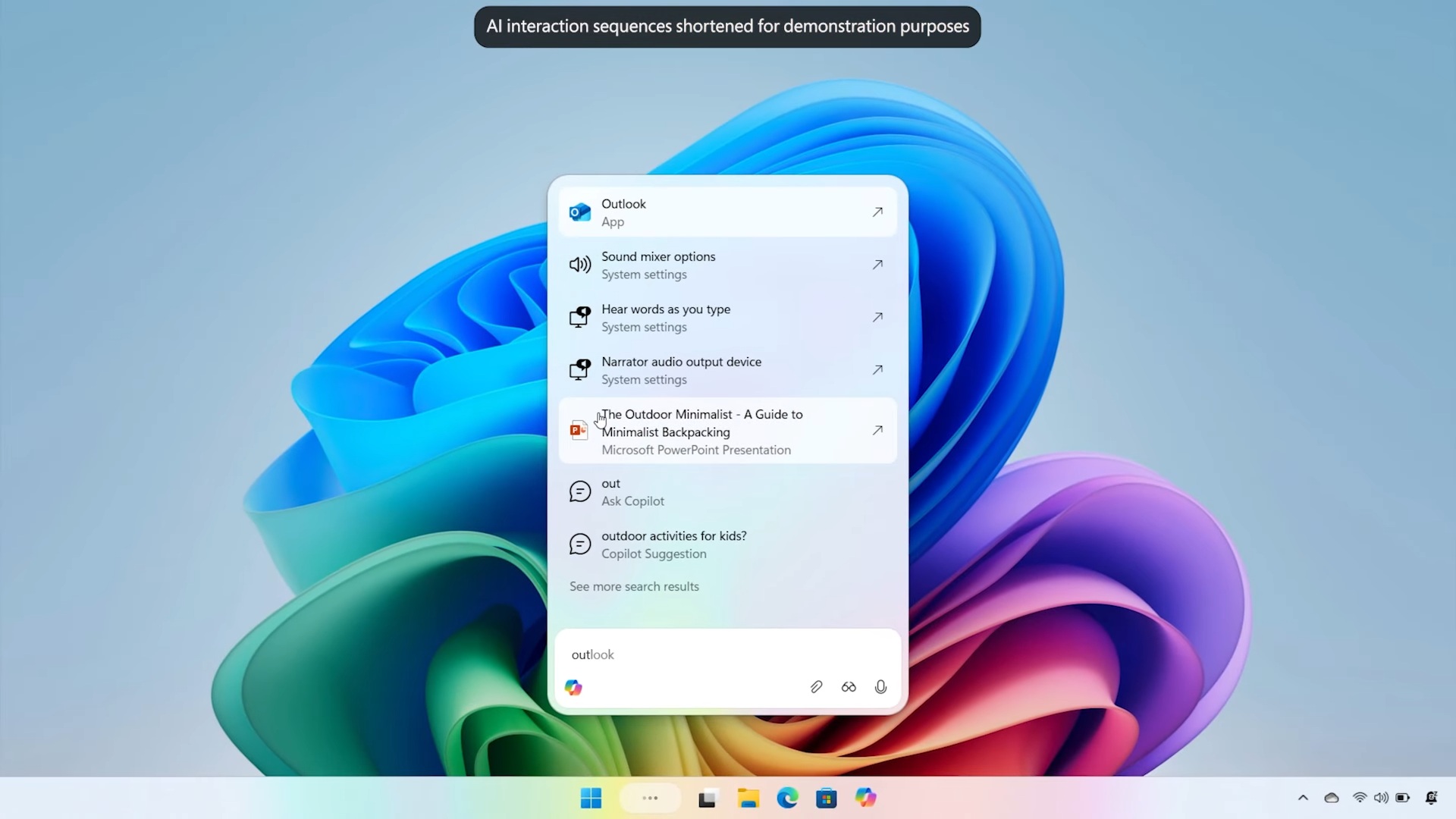Burning space debris that crashed to Earth in outback Australia is likely part of a Chinese rocket that launched in September, according to leading space archaeologist Alice Gorman.
Authorities are investigating the hunk of metal and carbon fibre after miners spotted it near Newman, Western Australia on Saturday afternoon.
“It seems to be the fourth stage of a Jielong rocket,” Gorman, a Flinders University associate professor and author of Dr Space Junk vs the Universe, said.
“There was one launched in late September. If it is the one from the 25th, that means it’s been orbiting the Earth for a bit and then came out of the blue.
Sign up: AU Breaking News email
“There was no indication it was going to re-enter right now so people weren’t expecting it – when I went to look for re-entry predictions I couldn’t find anything, which is an indication of the suddenness of it.”
WA police are leading the investigation.
“Initial assessments indicate the item was made of carbon fibre and may be a composite over-wrapped pressure vessel or rocket tank, consistent with aerospace components,” a police spokesperson said.
“The object remains under investigation, though its characteristics are consistent with known space re-entry debris … further technical assessment will be undertaken by engineers from the Australian Space Agency to assist in identifying its nature and source.”
Mine site personnel found the burning object near a remote access road and called emergency services about 2pm, police said.
Police, the Australian Space Agency, the WA Department of Fire and Emergency Services and the mine operators are all involved in the investigation.
The director general of the European Space Agency (Esa), Dr Josef Aschbacher, was in Australia recently for the International Astronautical Congress. He told Guardian Australia that space junk was becoming more of an issue in orbit and in terms of it de-orbiting and hitting land as increasing numbers of rockets are launched.
The Esa has created a zero debris charter.
“The signatories to this charter promise or commit themselves to take the spacecraft out of the orbit at the end of their life,” he said. “This requires some technical changes or modifications.
“First, you need to have enough fuel to de-orbit … secondly, the spacecraft needs to be designed in a way that it breaks up in small enough pieces that are then burning up in the atmosphere and are not reaching the surface.”
Gorman said everyone launching rockets should have an “end-of-life plan”.
“They might be controlled [re-entries] … where they are directed to Point Nemo, the spacecraft graveyard,” she said, which might cause environmental concerns but protected property and people.
Uncontrolled entries should be designed to burn up, she said, but fuel tanks are often made of stainless steel or titanium alloys, along with carbon fibre overlays, which give them a really high melting point.
She said it was common now for debris to land, but not so common for it to be found still burning – usually it would land far from human eyes.
Transport safety officials ruled out the item being from a commercial aircraft, saying it was more likely to be re-entering space debris.
First Appeared on
Source link













